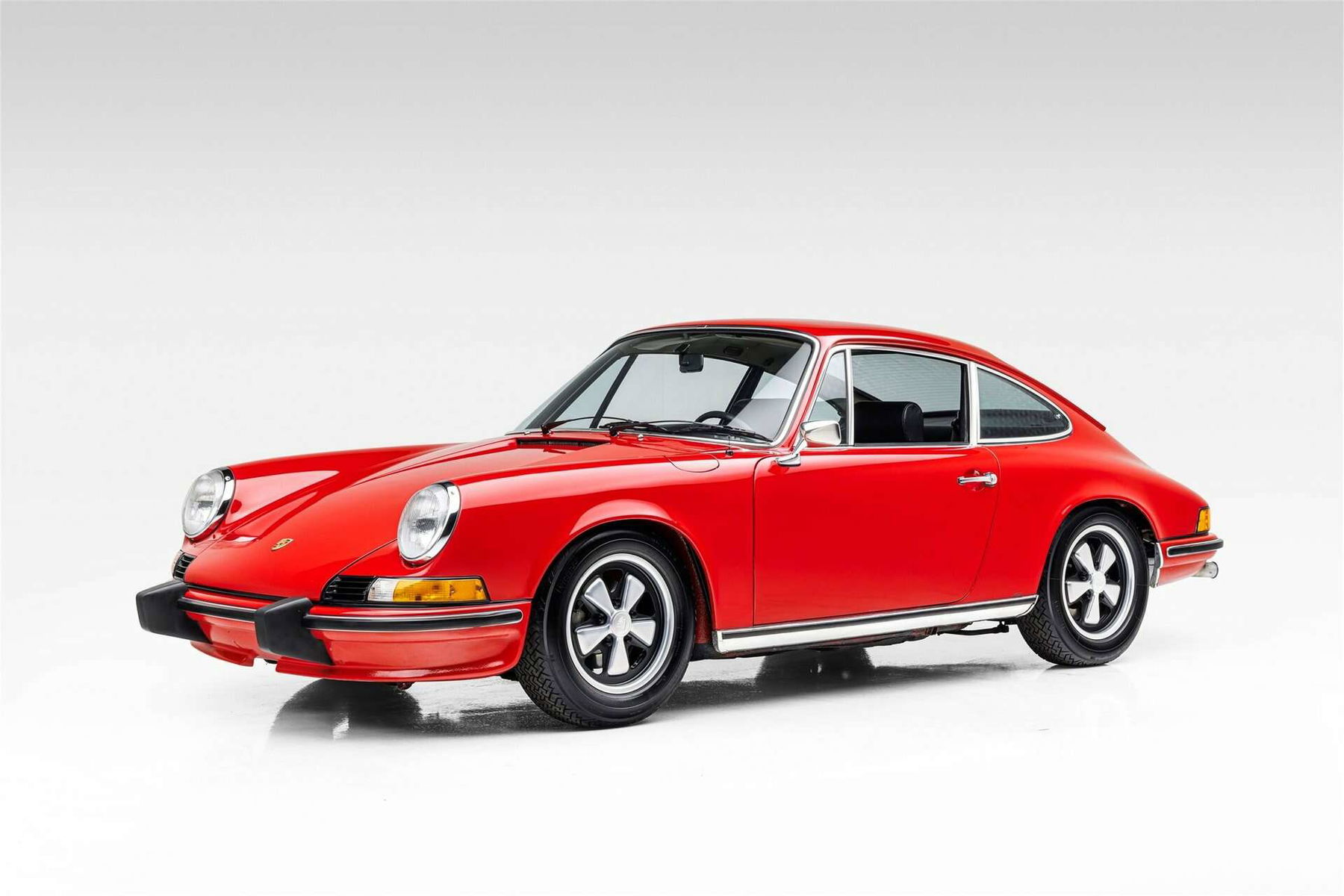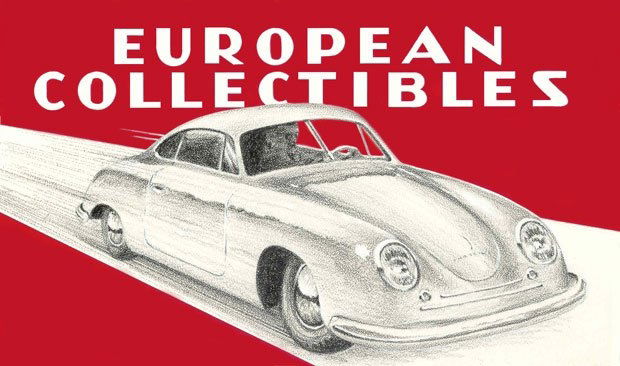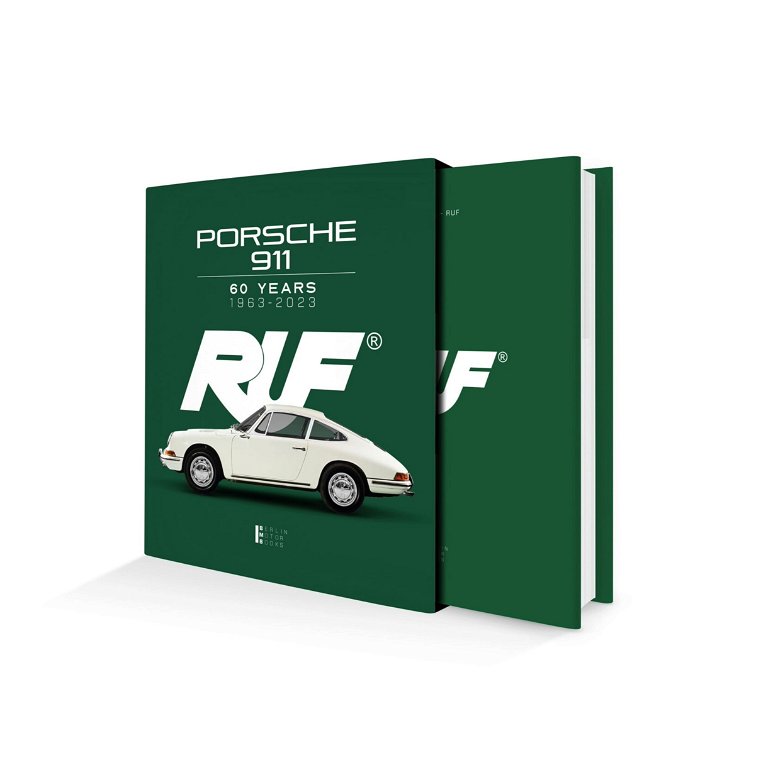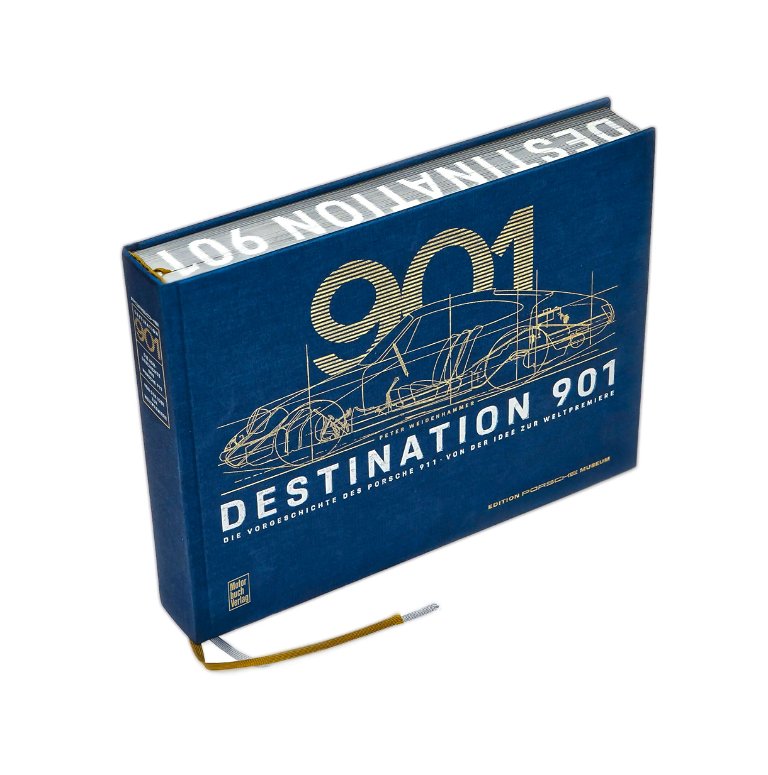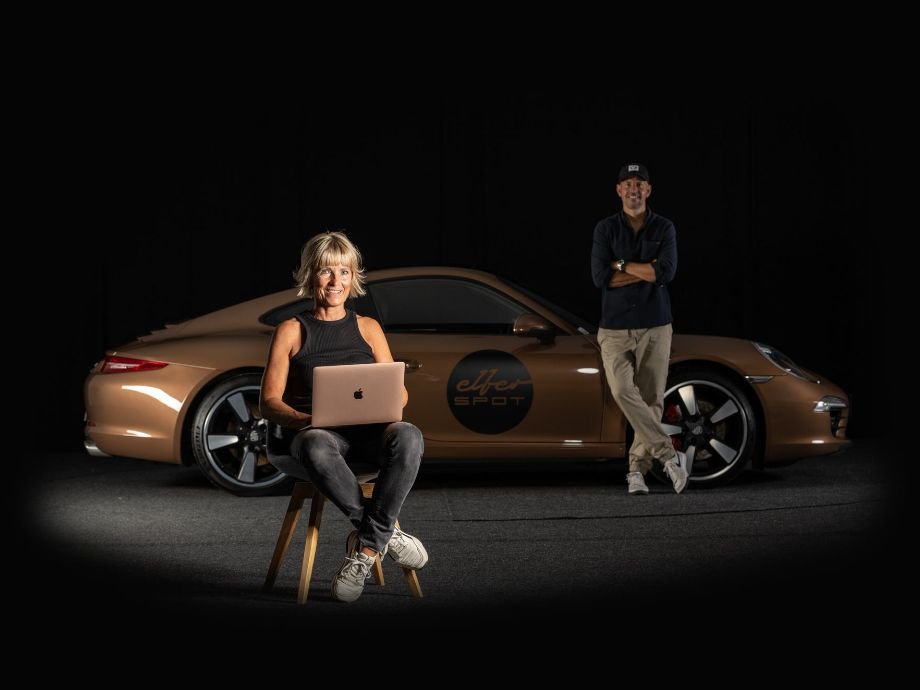This is an amazing time capsule. The paintwork is well preserved and is mostly original with excellent gaps and panel fit. Paint meter readings confirm the presence of original paintwork and can be provided upon request. The exterior trim is in excellent condition and features H4 European headlights, original glass, and US impact bumpers. The originality continues into the well-preserved upholstery including the headliner, leather front seats, rear seats, dash, knee guard, and door panels. The interior also has the original steering wheel with deluxe butterfly horn ring, VDO instrumentation, CoCo mats, and a Blaupunkt AM/FM Blue Dot Radio. The undercarriage is all original as well with no signs of rust. The Fuchs alloy wheels have been refinished and are fitted to Pirelli Cinturato CN36 185 70 R15 tires.
Mechanically powered by its matching 2.4L flat-six engine with Mechanical Fuel Injection (type 911/91) that is capable of outputting 165hp at 5700rpm, with a compression ratio of 8.0:1, paired to a 5-speed manual transmission (type 915/12) and four-wheel disc brake system. Complete with Certificate of Authenticity, tool kit, and spare tire. European Collectibles is proud to offer this stunning 911E, finished in a desirable color combination and is truly in amazing original condition.
History of the 2.4-litre / E and F series (1971–1973)
The 1972–1973 model years consisted of the same models of 911— the entry-level T, the midrange E, and the top-of-the-line S. However, all models got a new, larger 2,341 cc (2.341 L; 142.9 cu in) engine. This is universally known as the “2.4L” engine, despite its displacement being closer to 2.3 liters— perhaps to emphasize the increase over the 2.2 L. The new power ratings for the T were 130 hp, or 140 hp in the U.S., 165 hp for the E, and 190 hp for the S. The 911E and 911S used mechanical fuel injection (MFI) in all markets.
With the power and torque increases, the 2.4 L cars also got a newer, stronger transmission, identified by its Porsche type number 915. Derived from the transmission in the Porsche 908 race car, the 915 did away with the 901/911 transmission’s “dog-leg” style first gear arrangement, opting for a traditional H pattern with first gear up to the left, second gear underneath first, etc. Some say this was because the dog-leg shift to second gear was inconvenient for city driving, others say it was due to Porsche’s desire to put 5th gear outside the main transmission housing where it could easily be changed for different races.
Continue reading
